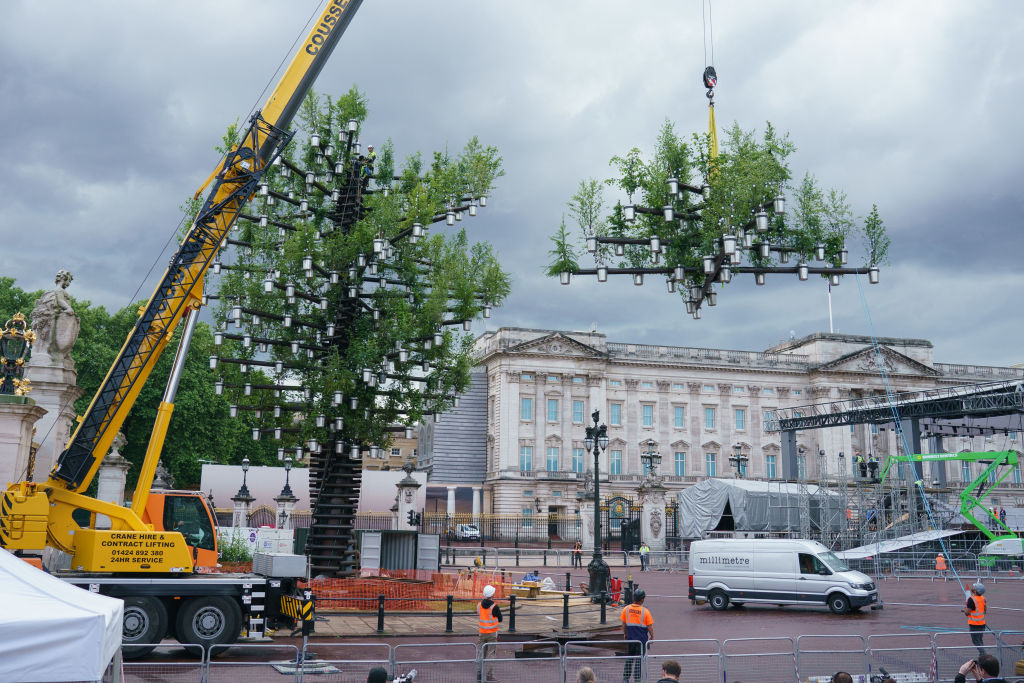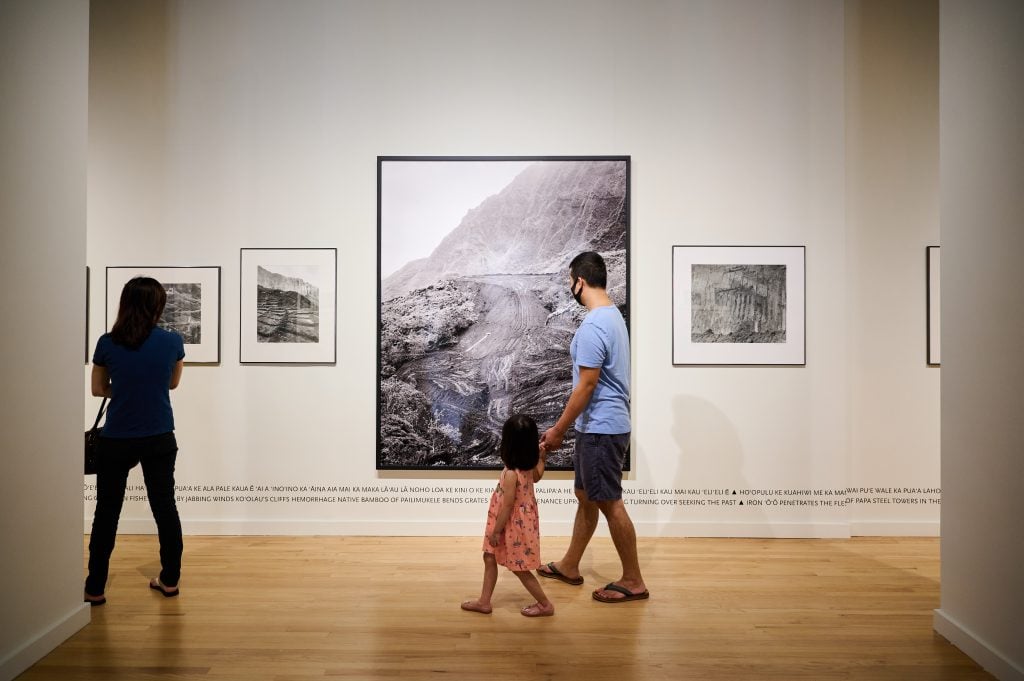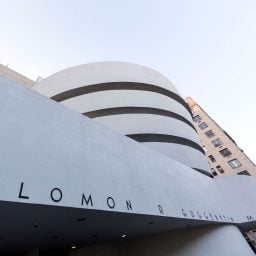Art Industry News is a daily digest of the most consequential developments coming out of the art world and art market. Here’s what you need to know on this Friday, June 3.
NEED-TO-READ
Museums Are Still Closed in Shanghai – The city’s two-month hard lockdown officially lifted on June 1—but museums, alongside gyms and theaters, remain closed and have been given no timeframe for reopening. Officials have offered rent relief to cultural spaces impacted by the lockdown, but only certain galleries qualify. A spokesperson for the Yuz Museum noted that staff can begin returning to work next week to prepare the institution for its not-yet-specified reopening. (The Art Newspaper)
Italian Curator Manfredi della Gherardesca Has Died – Della Gherardesca died at the age of 60 following a sudden illness. He was central to the conception of the show “Les Lalanne: Makers of Dreams” currently on view at Ben Brown Fine Arts and Claridge’s ArtSpace, both in London. The curator and designer previously led Sotheby’s Italian division. (Press release)
How Local Supplanted Global in the Arts – Museums are pivoting to focus on wellness and local engagement rather than trying to appeal to a tiny class of global tastemakers through blockbuster exhibitions. After attending the Global Cultural Districts Network conference, writer Felix Salmon attributes this shift to a combination of prohibitive costs and shifting values. Surprisingly, China is a leader in the “glocal” museum movement, having built 128 institutions over the past 30 years and discouraged international architects in favor of local talent. (Axios)
Harvard Museum Holds Human Remains – Harvard University holds the human remains of at least 19 individuals who were likely enslaved and almost 7,000 Native American people, according to a draft report obtained by Harvard’s student newspaper. The report, published by the University’s Steering Committee on Human Remains in Harvard Museum Collections, calls on the school to return the remains to descendants. (Harvard Crimson)
MOVERS & SHAKERS
Yto Barrada Wins Queen Sonja Print Award — The Brooklyn-based, Paris-born artist is the recipient of the Queen Sonja Print Award, a biennial prize that comes with a NOK 1 million ($106,000) purse—the largest monetary prize for graphic art. The Queen Sonja Foundation also awarded William Kentridge the Lifetime Achievement Award and Meerke Vekterli, a Sami artist, the Inspirational Award. (The Art Newspaper)
Dulwich Picture Gallery Drops the Sackler Name — The South London institution is the latest to drop the tainted Sackler name, albeit very subtly. With no public announcement, the museum stopped using the title “Sackler Director” to describe its head Jennifer Scott on April 1. In March 2020, the director fund endowment from Dr. Mortimer and Theresa Sackler was valued at £3.5 million ($4.4 million). (The Art Newspaper)
Museum to Open at Site of Slave Trading Port — After more than 20 years of planning, the International African American Museum will open on January 21, 2023 in Charleston, South Carolina. The 150,000-square-foot institution will be sited at Gadsden’s Wharf, once one of the most prolific slave trading posts in the United States. “Committed reckoning with history is a necessary stop on the road to healing and reconciliation,” museum CEO Tonya Matthews said. (CNN)
Jim Carrey Buys His First NFT — From the department of news you may have thought already happened: The actor-turned-artist has jumped on the NFT bandwagon. He revealed on Twitter that he purchased his first NFT on the SuperRare marketplace by Stockholm-based artist Ryan Koopmans. Carrey praised the moving image of a garden growing inside an abandoned building for “gently capturing nature’s exquisite and relentless reinvention.” (Twitter)
FOR ART’S SAKE
Reactions Mixed for Thomas Heatherwick’s Jubilee Sculpture — The architect’s sculpture Tree of Trees, which was installed on the grounds of Buckingham Palace to honor the Queen’s Platinum Jubilee, is drawing mixed reactions. Critic Oliver Wainwright described the installation a a “massively over-engineered structure,” and on social media, the work—which is made from hundreds of indigenous British tree species—has been compared to the ill-fated Marble Arch Mound and a “cell-phone tower.” (TAN, CNN)

A team of workers add the final parts to the Queen’s Green Canopy ahead of the Platinum Jubilee. It consists of 350 native British trees planted in aluminum pots. Photo: Dominic Lipinski – WPA Pool/Getty Images.










